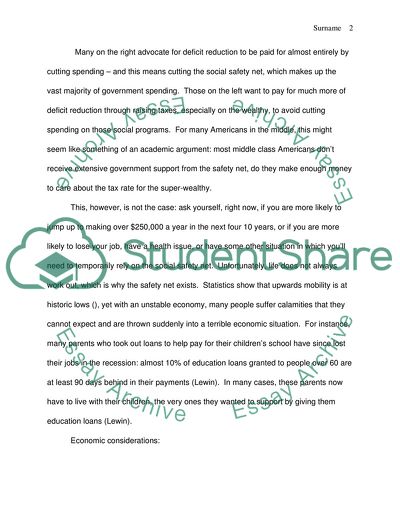Persuasive Research Essay Assignment Example | Topics and Well Written Essays - 1000 words. https://studentshare.org/politics/1788427-persuasive-research-essay
Persuasive Research Essay Assignment Example | Topics and Well Written Essays - 1000 Words. https://studentshare.org/politics/1788427-persuasive-research-essay.


